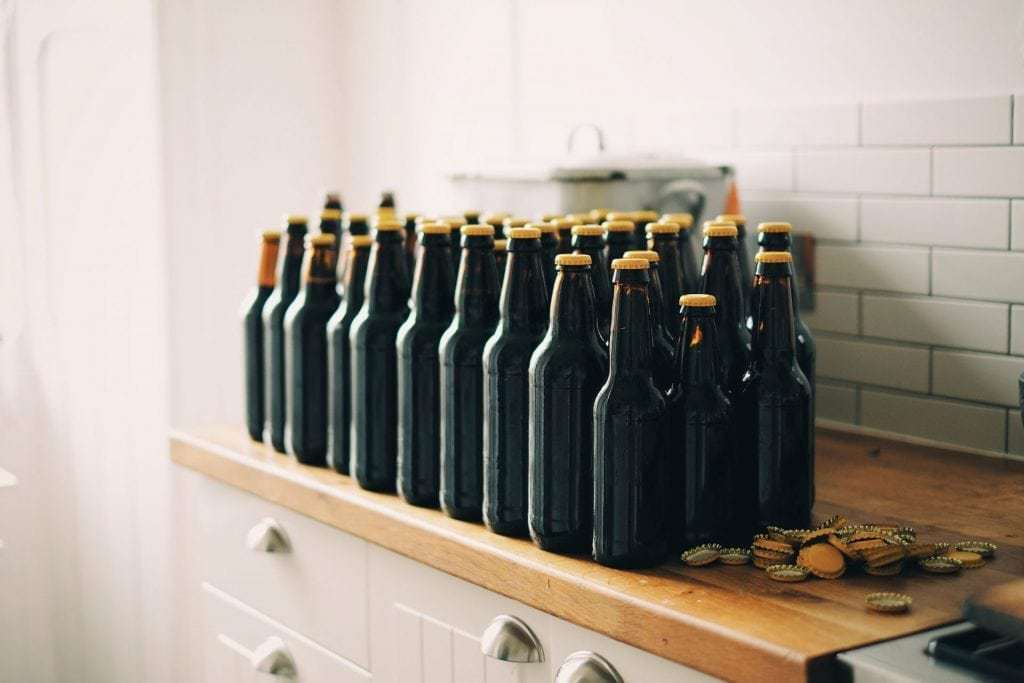Wedding Catering Glossary
(Courtesy 100layercake.com)
A la minute: This is a French term that refers to the preparation of food a very short time before it is due to be served and eaten. A great option at weddings, as food doesn’t have to be stored for long and is therefore incredibly fresh.
Apéritif: An apéritif is an alcoholic drink that is served prior to the main meal in order to stimulate both the appetite and the taste buds. Typically, they are served with light bites such as pâté, breads and olives. The drinks themselves are also light, examples of which include liquors, sherry and champagne.
Appetiser: A light bite or small dish, which is served before the main course. It is believed that something small and light can effectively wake up the stomach and stimulate the appetite to prepare the consumer for the heavier main meal. There are huge ranges of examples when it comes to appetisers and can include anything from bread and butter to canapés.
Buffet: A buffet will generally have a large selection of dishes that is displayed in significant quantities at one or more long buffet tables around the reception hall. Guests queue up and serve themselves, allowing them to determine their own portion sizes and choice of food. A buffet is the ideal choice for ensuring that every guests has something that meets their nutritional restrictions and taste preferences.
Canapé: A canapé is a type of finger food that can easily be picked up and eaten in one bite using only your fingers. As no cutlery is used, canapés always have a hard base so they are easy and clean to pick up, such as a cracker, small piece of bread or pastry. Toppings are often a combination of ingredients including such choices as cream cheese or butter with caviar, meat, fish or cheese. They are presented and garnished with beautiful execution.
Ethnic food: Ethnic food is a term that refers to any style of food that originated in a culture other than western. Dishes will reflect cuisines such as Indian, Mexican or Chinese but there is no restrictions regarding how authentic the food should be. Typically, dishes are altered and adapted in order to better please and satisfy local taste preferences.
Finger food: As the term aptly implies this is food that can be eaten using only the fingers, without the use of any cutlery or plates. Finger food is ideal for standing receptions as you can easily snack on food whilst you are wandering around and mingling with guests. Alternatively, you could offer finger food as an appetiser prior to a more formal main course.
Flying buffet: At a flying buffet, portioned dishes are presented on large trays by serving staff. Guests are able to help themselves to the dishes that take their fancy and a wide selection can be offered. Like a traditional table buffet, guests can pick and choose what they want to eat but unlike a traditional table buffet, long queues can be avoided.
Garnish: Garnish is applied to the dish at the final moment, and although it’s edible, its main role is to decorate the food and plate. Garnish is crucial to the overall presentation of the dish, as it contributes to the overall impression and ‘wow’ factor when the dish is revealed.
Outsourcing: Outsourcing refers to any functions or services that are required of or by the caterers, which calls for an external company to be hired. Sometimes outsourcing specialist services to other companies, allows the caterer to concentrate on the areas, in which they excel.
Organic foods: Organic food is a term that refers to fruit and vegetables as well as fish, meat and dairy products that have been produced by purely natural means. This means no chemicals such as pesticides, herbicides and insecticides in the case of fresh produce and no growth hormones and strictly a healthy diet when it comes to livestock. Organic and seasonal foods make for the most delicious and healthy dishes.
Pan-Asian cuisine: Pan-Asian cuisine adopts the most popular styles, flavours and spices from a variety of Asian cultures and adapts them in order to satisfy local and western taste preferences. Dishes will often include a combination of Chinese, Thai and Vietnamese specialties.
Plating: This term refers to the process whereby food is portioned up and placed onto plates with great consideration and emphasis on the presentation. Plates can then be taken to the tables and guests are served their dinner.
Seated/ sit down meal: A sit down meal refers to an occasion, during which all guests remain seated whilst dishes are delivered directly to their table. Typically, all courses will be served in the same fashion. This option is more formal than a buffet, but generally takes longer as courses will not be served until all or most guests have finished the previous one.
Wedding caterers: A company, which often consists of a group of people, who specialise in organising, preparing and cooking food for large numbers of guests invited to join a wedding reception. They are generally booked many months before the wedding day and will provide a taster session to ensure that the bride and grooms hopes and expectations are met. As well as providing the food, they often also take responsibility for providing the required table service staff.







